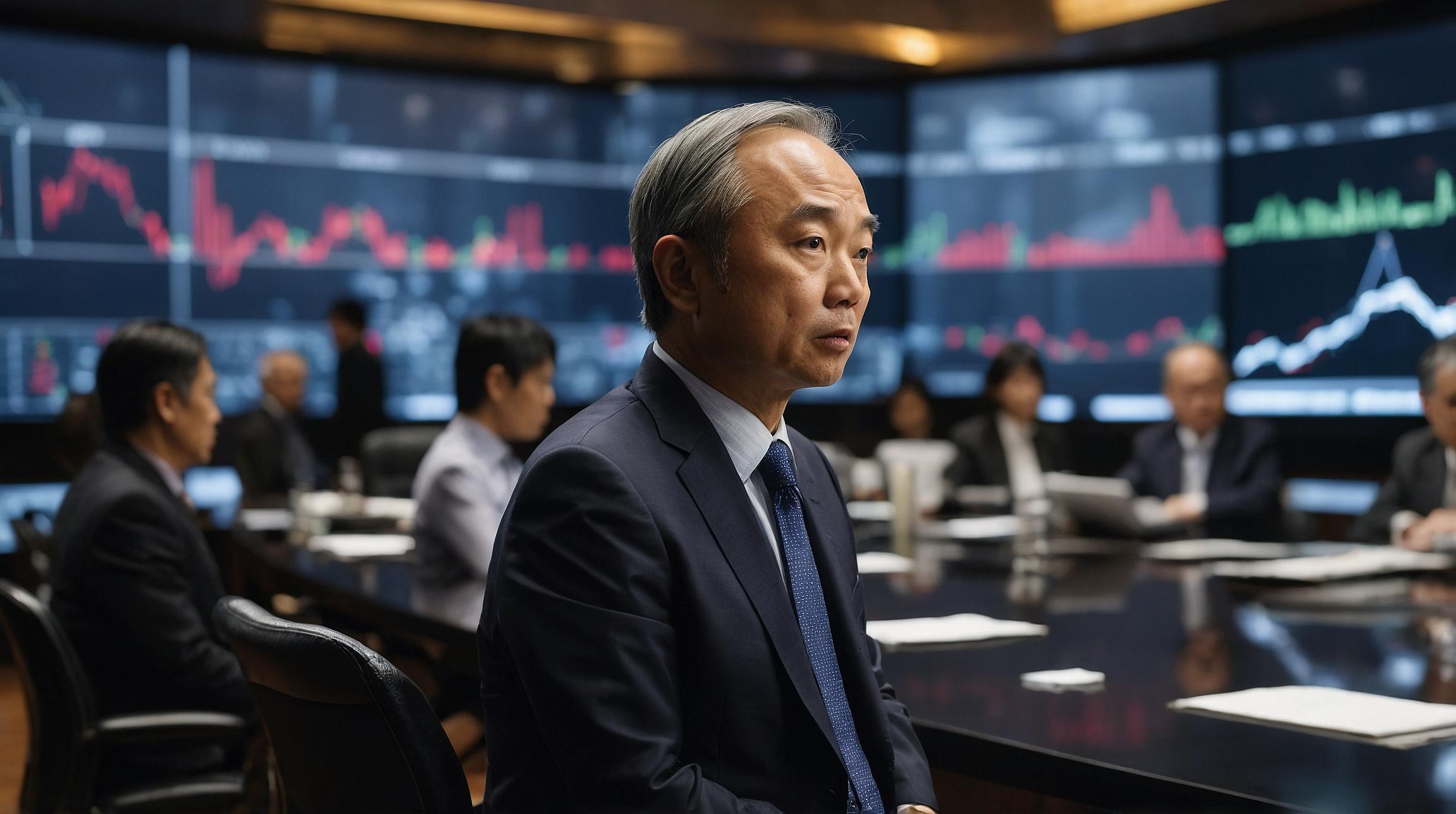China Accuses U.S. of Creating Panic Over Rare Earth Export Controls
On Thursday, China’s Ministry of Commerce sharply criticized the United States for what it described as deliberate exaggeration and panic-mongering regarding Beijing’s new controls on rare earth mineral exports. These restrictions, announced last week, have intensified fears of a renewed trade conflict between the world’s two largest economies.
Spokesperson He Yongqian stated at a press conference that the U.S. interpretation “seriously distorts and exaggerates China’s measures, deliberately creating unnecessary misunderstanding and panic,” according to the state-run Global Times.
Context and U.S. Response to Rare Earth Export Controls
The export restrictions were imposed ahead of a scheduled meeting between President Donald Trump and Chinese President Xi Jinping in South Korea later this month. Trump has threatened to impose tariffs of up to 100% on Chinese goods starting November 1 or sooner as retaliation.
U.S. Trade Representative Jamieson Greer, in an interview with CNBC, accused China of attempting to dominate global technology supply chains through these measures. Greer emphasized that China’s actions will be decisive in determining whether the tariffs will be implemented.
Despite tensions, Greer confirmed that Trump remains interested in negotiations and is committed to meeting with Xi, while China has also expressed willingness to engage in talks.
China Frames Controls as National Security Measures
The Ministry of Commerce defended the export restrictions as necessary to safeguard national security by preventing the misuse of rare earth minerals in military applications, including weapons of mass destruction.
He Yongqian drew attention to U.S. policies targeting China’s semiconductor sector and foreign content rules designed to exclude Beijing from North American supply chains, accusing the U.S. of projecting its own behavior onto China.
Rare earth elements are critical components in U.S. military hardware such as the F-35 fighter jet, Tomahawk missiles, and Predator drones, as well as in civilian technologies like electric vehicles, robotics, and semiconductors.
U.S. Advances Industrial Policy to Reduce Dependence on China
China currently dominates the global rare earth supply chain, leaving the U.S. heavily reliant on imports. In response, the Trump administration is actively developing a domestic and allied supply network to reduce this dependency.
In July, the Department of Defense finalized a deal with MP Materials, the largest U.S. rare earth miner, including financial support and supply agreements. Treasury Secretary Scott Bessent indicated the administration may take equity stakes in additional companies to strengthen domestic production capabilities.
Bessent criticized China for manipulating prices through its dominance in refining and processing rare earths, seeking to undercut competitors. He affirmed that the U.S. will implement price floors and industrial policies to counteract such market distortions.
“When you are facing a nonmarket economy like China, then you have to exercise industrial policy,” Bessent said during CNBC’s Invest in America Forum in Washington, D.C.
FinOracleAI — Market View
The rare earth export dispute between China and the U.S. highlights the growing strategic competition over critical technology supply chains. China’s framing of export controls as national security measures signals a firm stance, while the U.S. is accelerating efforts to build supply chain resilience through industrial policy and investment.
- Opportunities: U.S. investment in domestic rare earth production may reduce long-term supply vulnerabilities and foster new industrial growth.
- Risks: Escalating tariff threats and export controls risk disrupting global technology manufacturing and triggering broader trade conflicts.
- Negotiation potential: Both governments remain open to dialogue, which could defuse tensions if substantive agreements on supply chain security are reached.
Impact: The dispute adds uncertainty to global supply chains and markets but also accelerates strategic realignment and industrial policy in key sectors.













